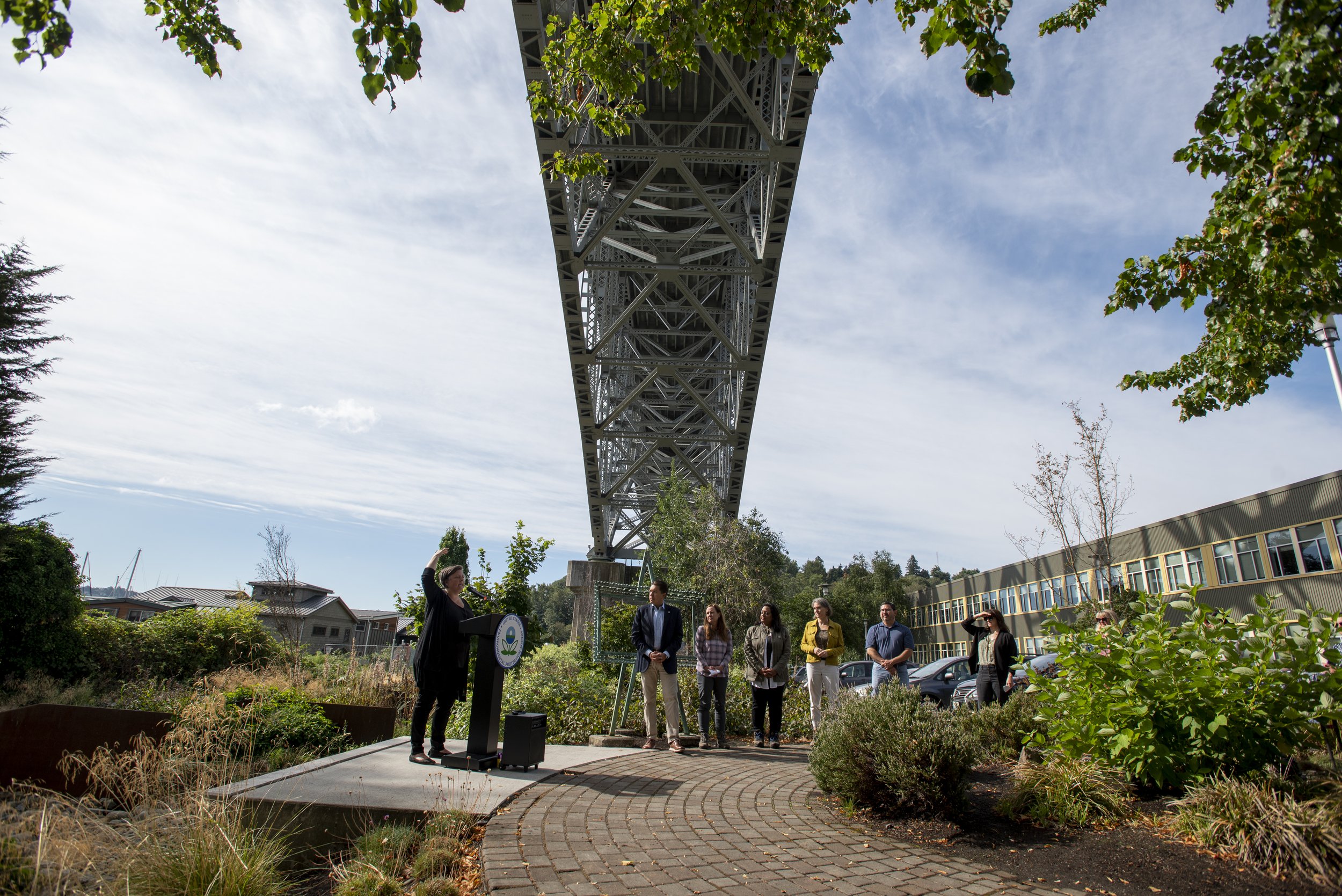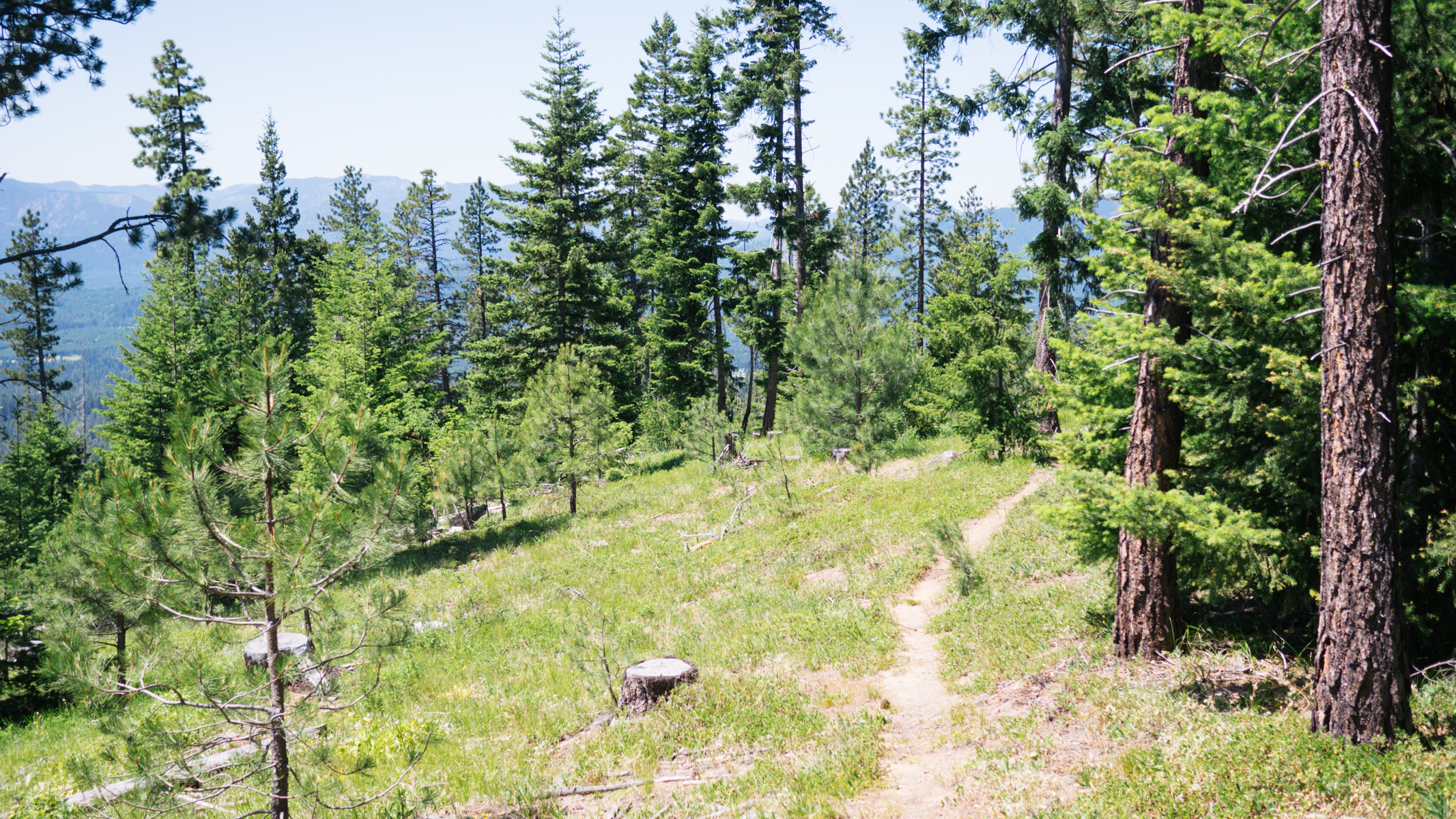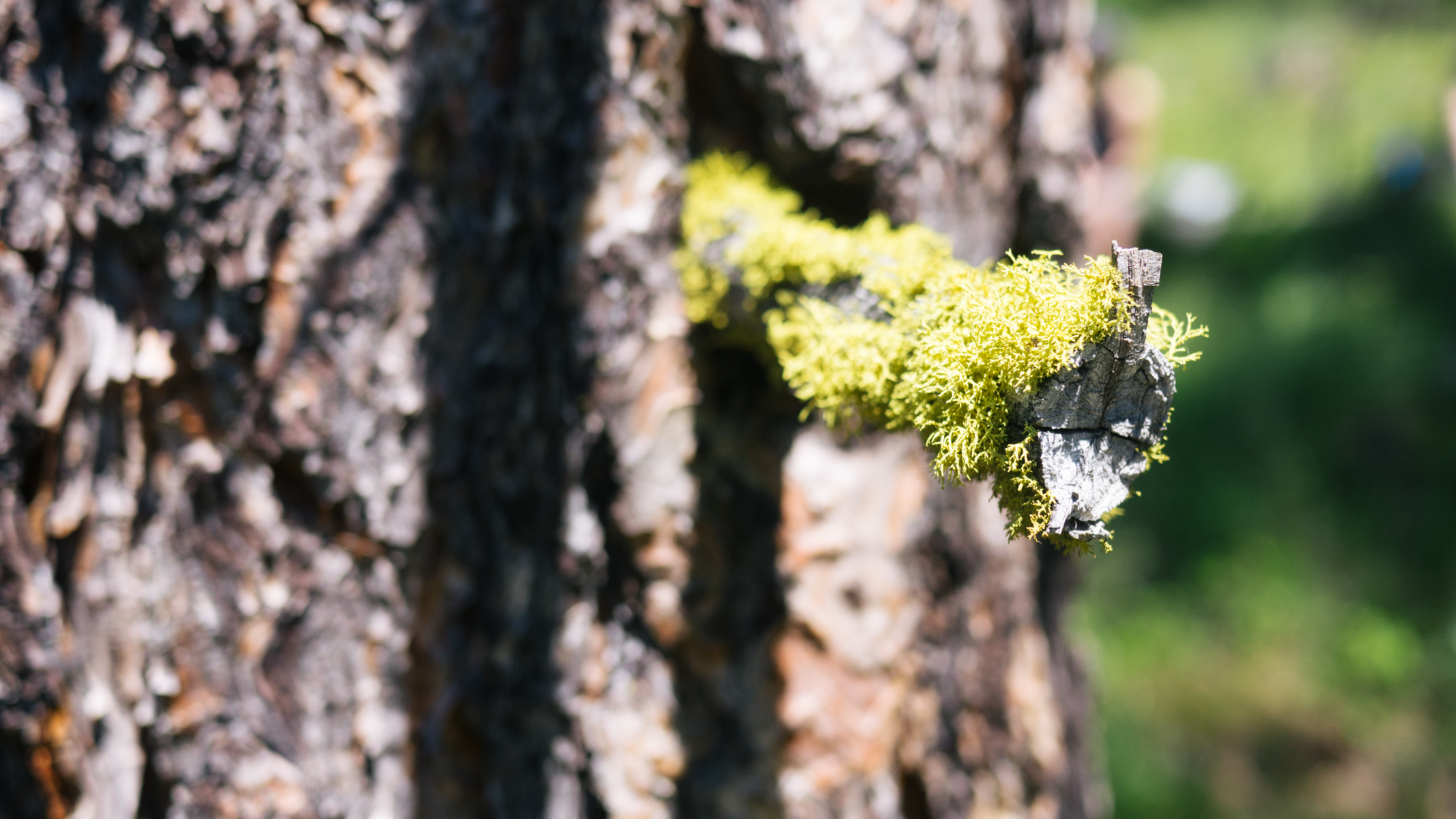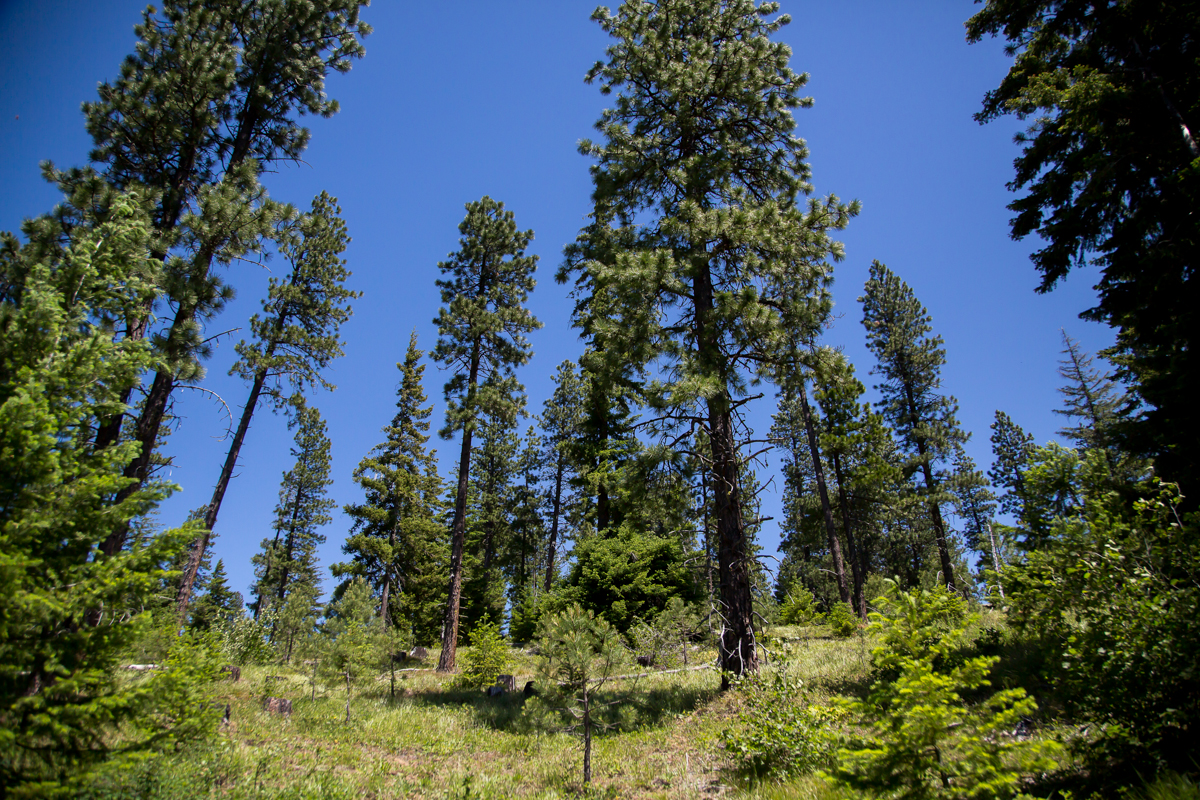As 2022 comes to a close and we look ahead to 2023, our State Director Mike Stevens shares his reflections and what will shape our work as we move forward.
Why We March: Climate Strike
Environmental Headlines We Would Like to See in 2019
Game-Changing Policies Will Help Us Be Resilient to Climate Change
Taking a Stand for Equity and Inclusion
Paris Withdrawal Diminishes U.S. Leadership in the World
The Value of Public-Private Partnership to Protect Land
Making history in Puget Sound and in our kitchen!
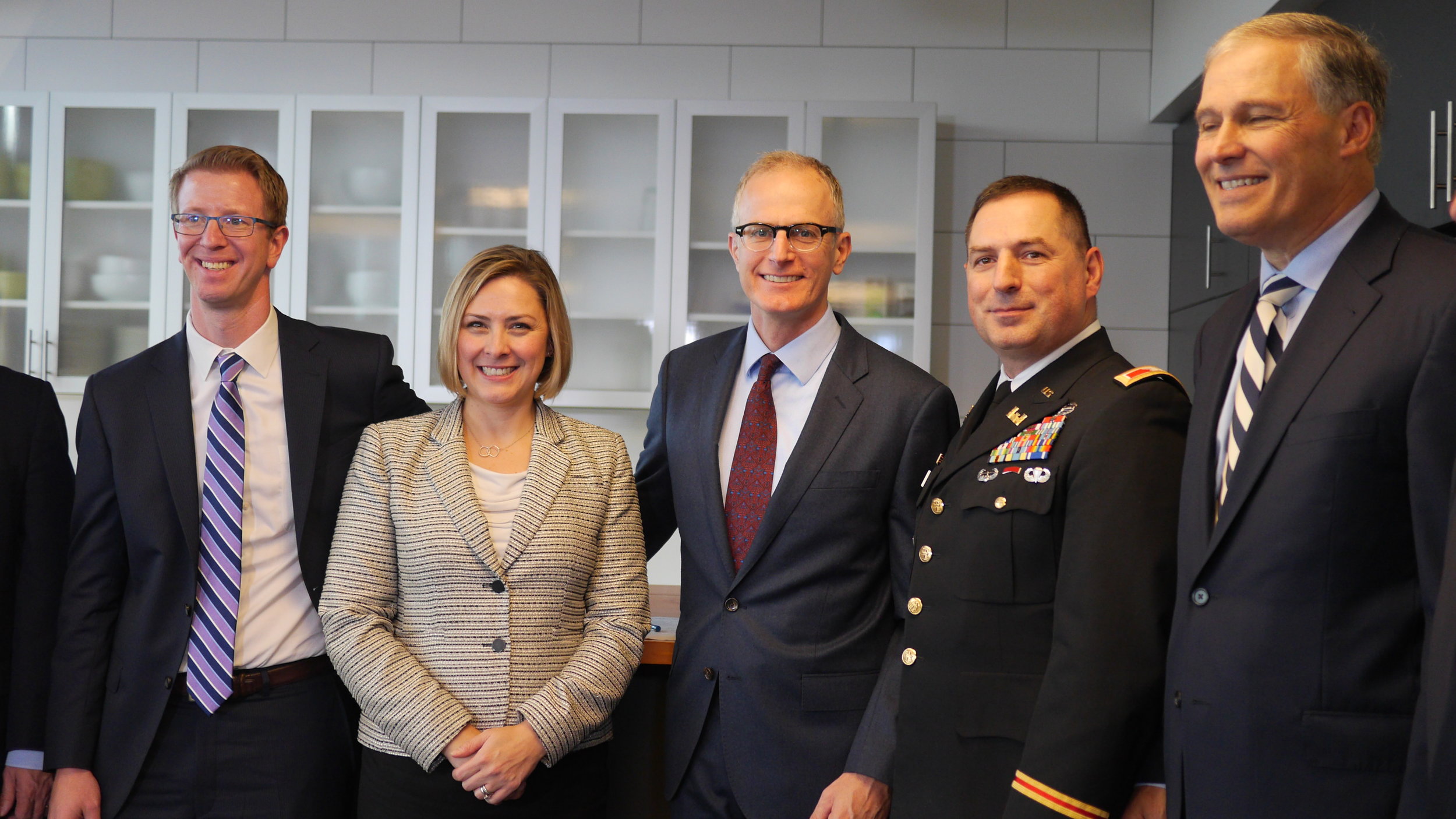
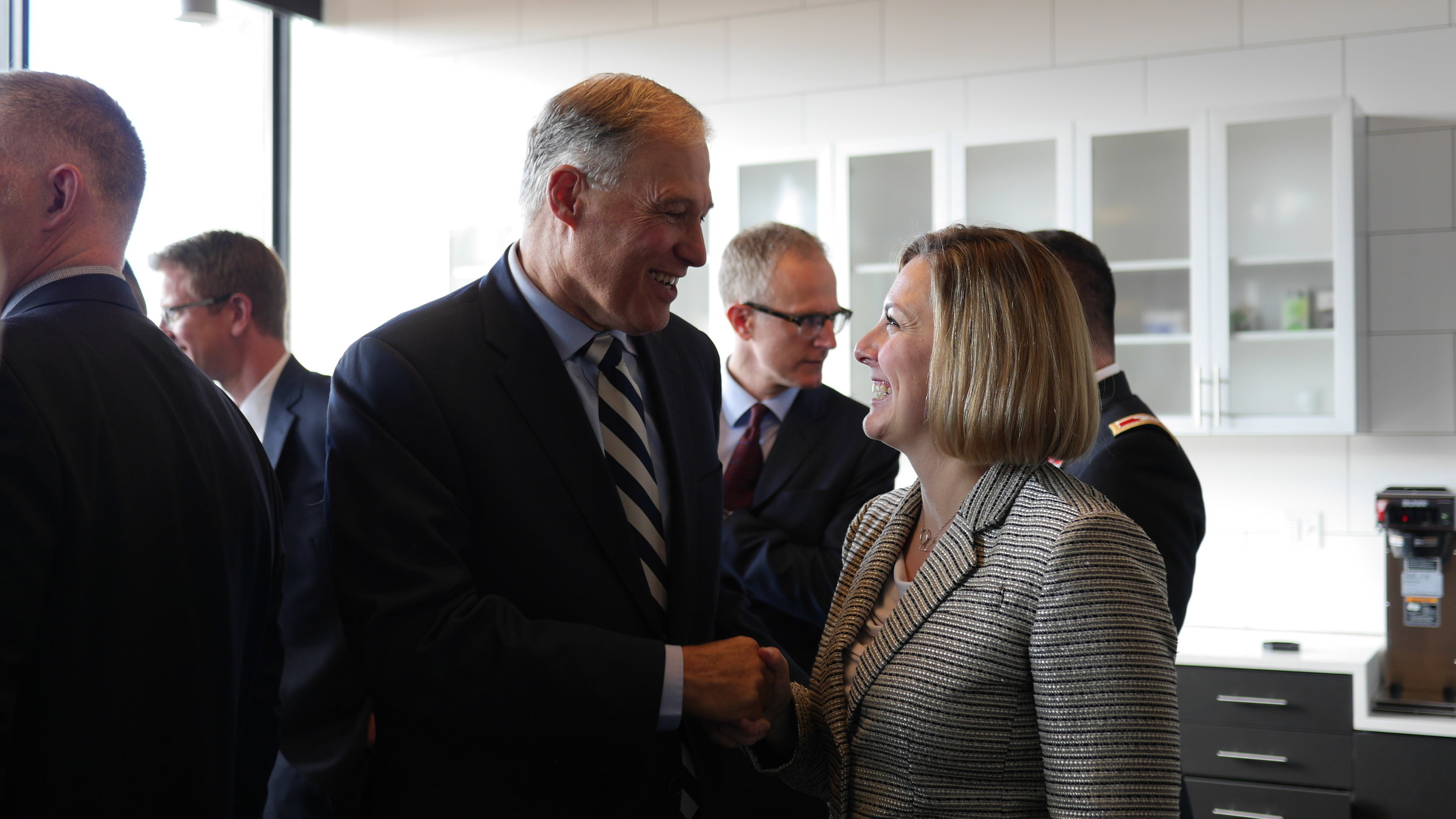
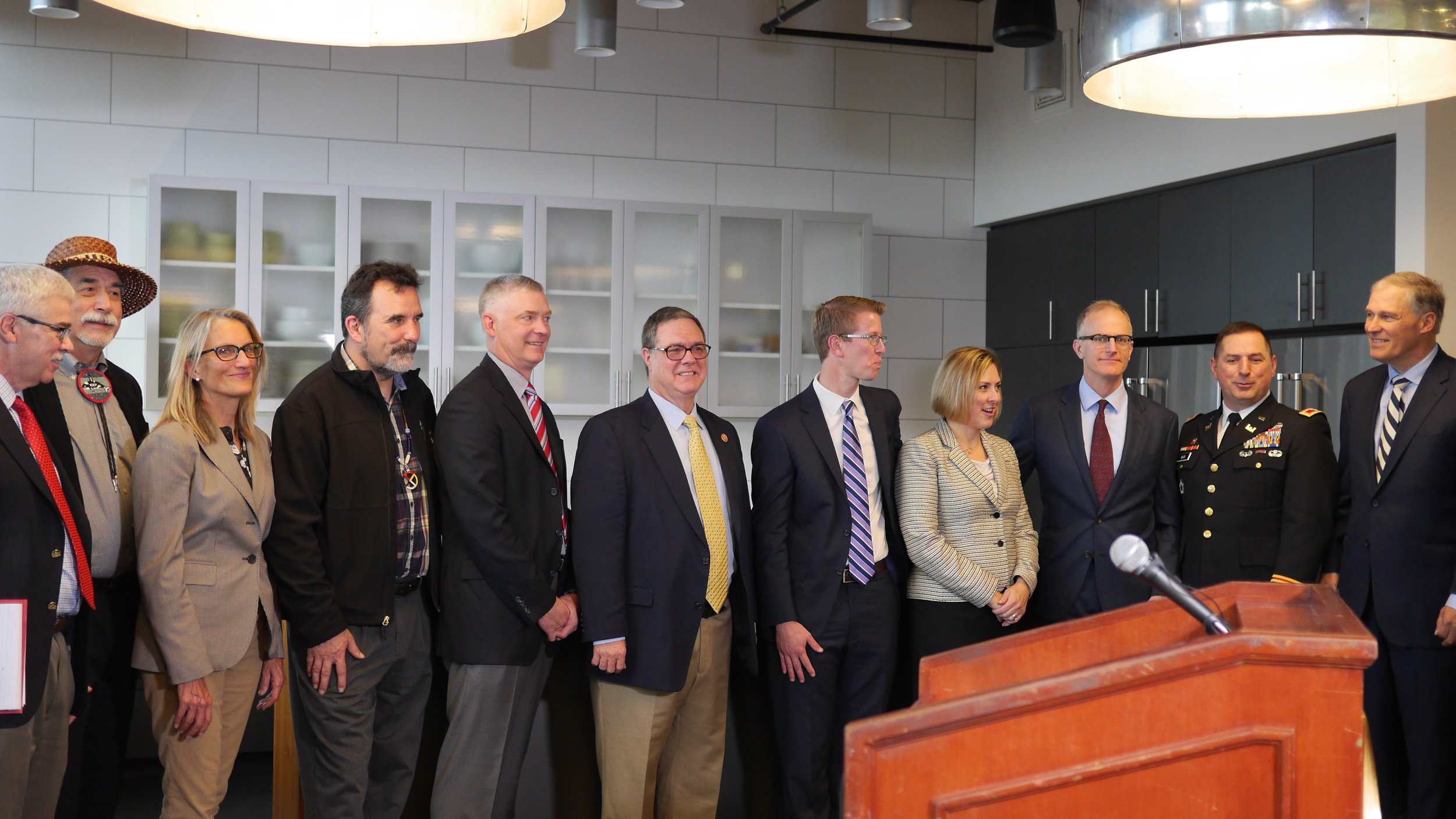

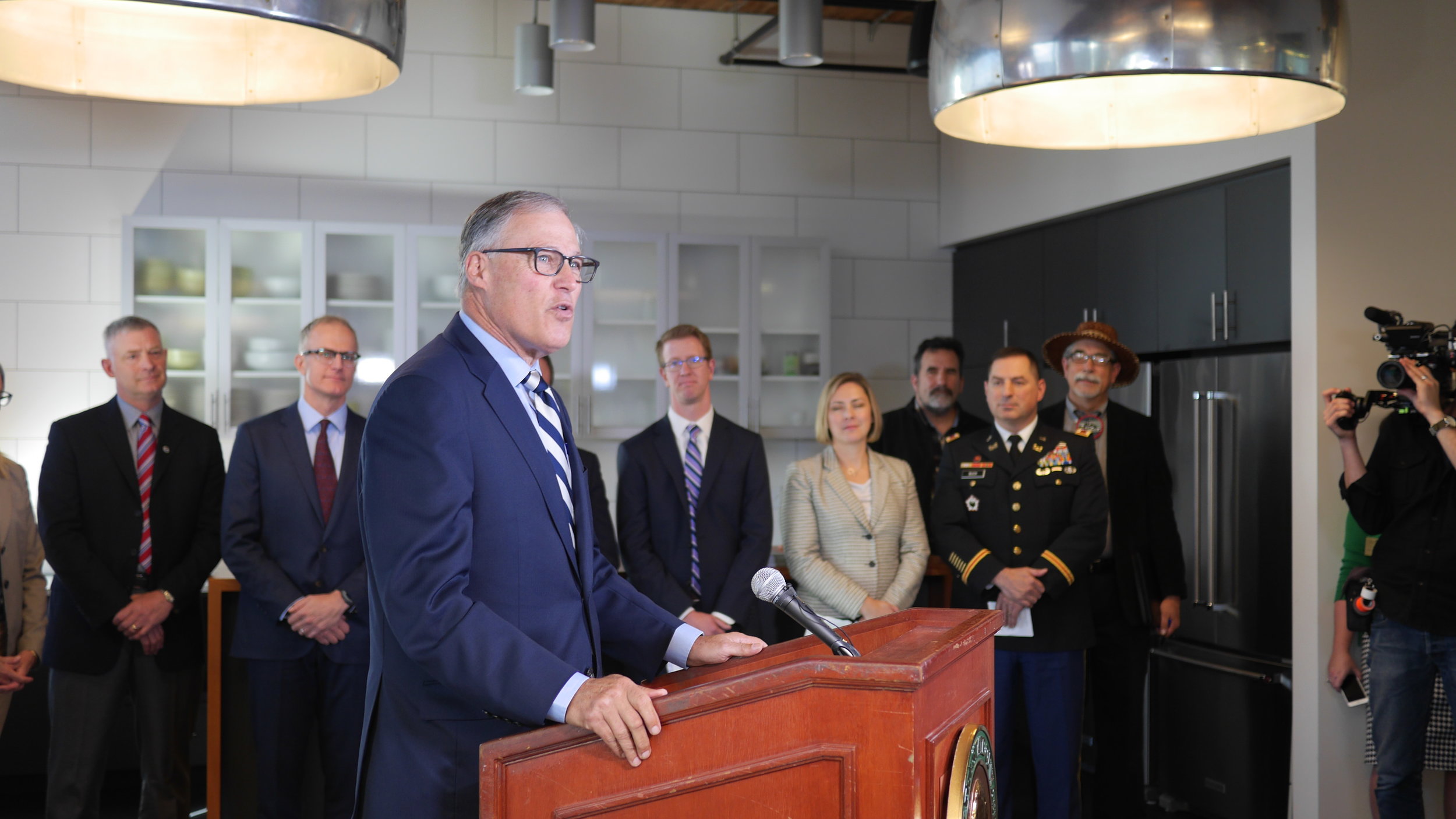
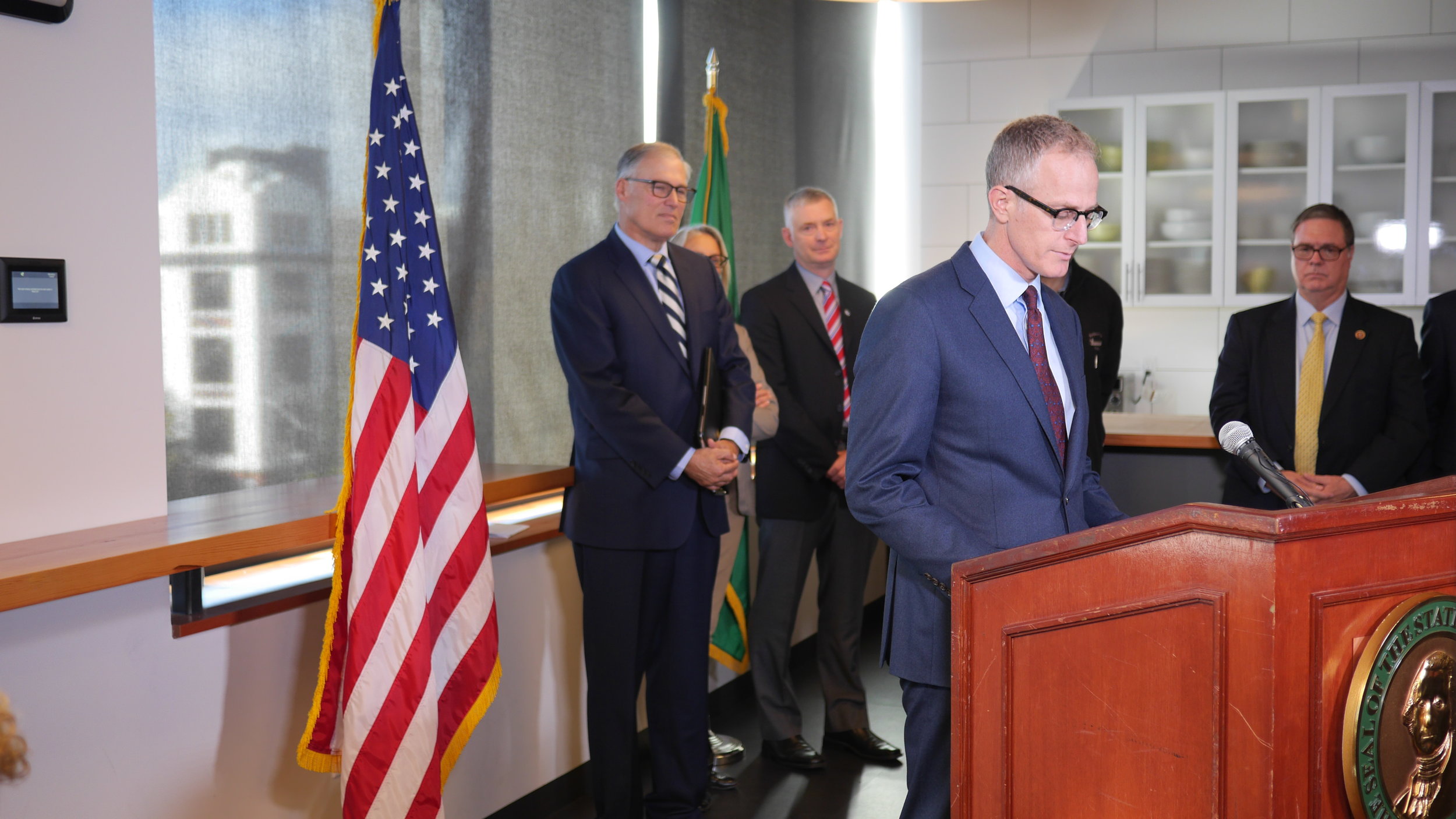

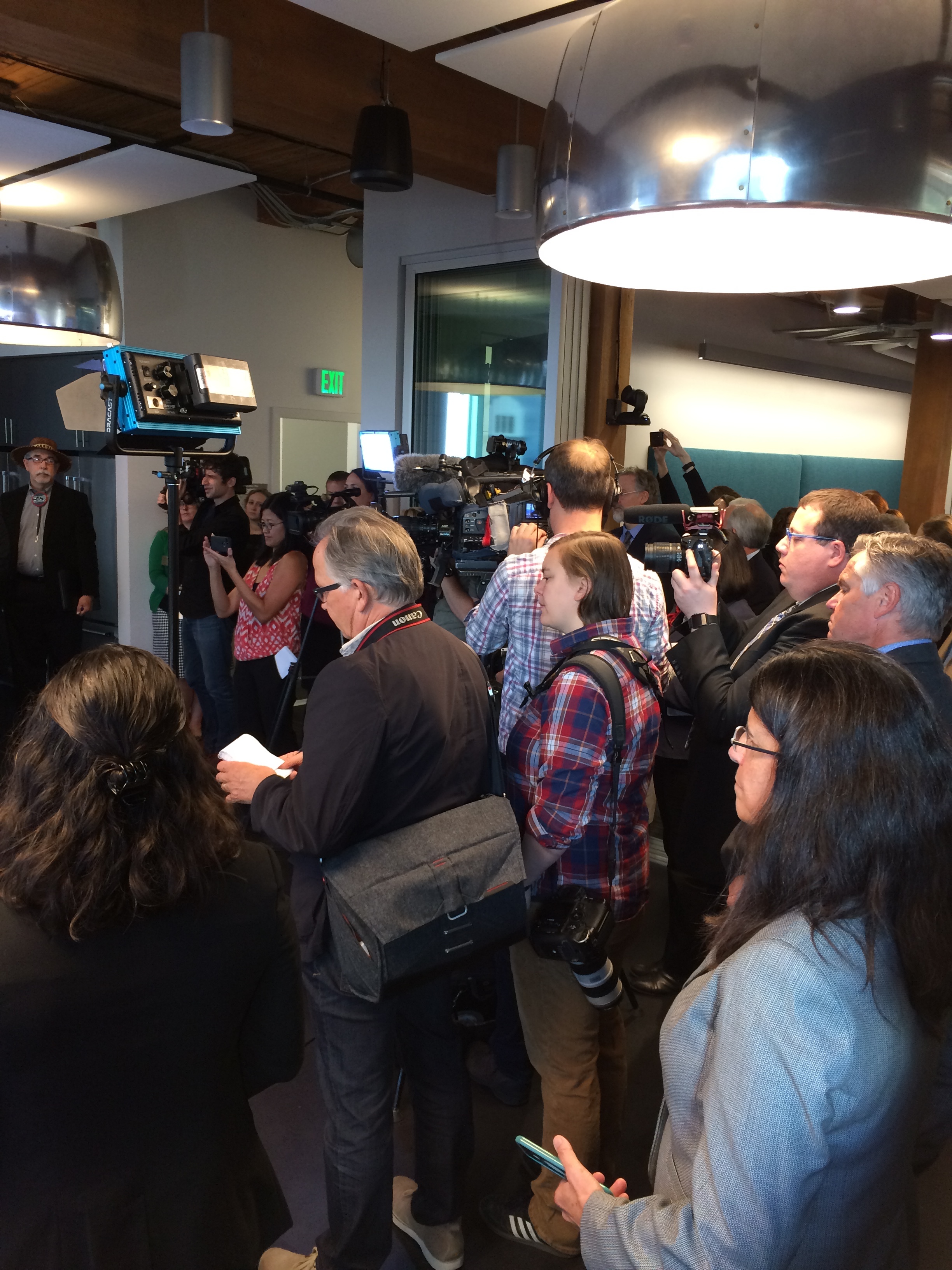
“High five to Christy from CEQ! This is better than a fourth quarter Seahawks drive!” -Chairman Mel Sheldon, Tulalip Tribes
“Save the salmon and we save the Orca... In saving the Orca, we save ourselves.” -U.S. Congressman, Denny Heck
By Jessie Israel, Director, Puget Sound Conservation
Photo by Zoe Van Duivenbode
Puget Sound is a national treasure. We have orcas off our downtown shorelines, tribal histories that date back thousands of years, salmon running in our urban streams, right in the midst of one of the fastest growing regions in the country.
We were proud to host a news conference with our local, state, federal, and tribal partners about White House efforts to take the next step in saving this national treasure. As he stood in our conference room, looking out at the Sound in all its beauty, Governor Inslee said, “Today’s announcements mark an important step on the path to restoring the health of Puget Sound, the recovery of our salmon species and fulfilling our nation’s commitment to Washington’s tribes.”
As one of America’s largest estuaries, Puget Sound is of national and tribal treaty significance. Recovery efforts are starting to yield results, but damage still outpaces recovery.
President Obama and Congress acknowledge that recovery in Puget Sound is still possible, and provide funding commensurate with that awarded to other estuary programs, such as Chesapeake Bay or the Great Lakes.
We are gratified to see this announcement, which elevates Puget Sound recovery as a national priority and will improve alignment among federal, tribal, state, local and non-governmental actions for salmon, for Puget Sound, and for Tribal treaty rights.
White House News Release: Taking Action to Protect the Puget Sound Watershed
Governor Inslee News Release: White House, Washington state and federal leaders announce new initiatives for Puget Sound recovery
KING: Puget Sound recovery effort gets a 'historic' $600M boost
Seattle Times/AP: Obama Administration steps up efforts to protect Puget Sound
KUOW: Puget Sound In Line for Environmental Health Boost
Northwest Public Radio: New Federal Action Plan for Puget Sound Restoration
Seattle PI: Obama Administration steps up to the plate on cleaning up Puget Sound
KOMO: Feds step up efforts to protect Puget Sound marine life
KNKX: New Federal action plan for Puget Sound restoration leverages tribal treaty rights
CEQ: Taking action to protect the Puget Sound watershed
Honored guests joined TNC team at our Washington Field Office for today’s news conference:
• Jay Inslee, Washington State Governor
• Mel Sheldon, Tulalip Tribes Chairman
• Leonard Forsman, Suquamish Tribe Chairman
• Denny Heck, U.S. Congressman
• Derek Kilmer, U.S. Congressman
• Christy Goldfuss, White House Council on Environmental Quality (CEQ) Director
• Col. John G. Buck, U.S. Army Corps of Engineers
• Dennis McLerran, Regional Administrator EPA
• Barry Thom, Regional Administrator NOAA
• Martha Kongsgaard, Chair, Puget Sound Leadership Council
Our approach to recovery here is unique: we have aligned the Tribes, federal agencies, state and local governments, and multiple NGOs to agree on approaches to recovery. Increased federal action and support will accelerate this good work.
Key take home points from today’s event:
- The federal government is taking new action to protect and restore the Puget Sound watershed, through the establishment of a Federal Puget Sound Task Force and a new Memorandum of Understanding (MOU) directing federal agency restoration activities in the region.
- White House Council on Environmental Quality (CEQ) and federal agencies are announcing new federal funding commitments to improve estuary health and contribute to salmon recovery:
- A $248 million investment from EPA, the State of Washington and Puget Sound tribal governments, over the next five years, which will go toward improving estuary health. EPA is contributing $124 million through the National Estuary Program, matched with an additional $124 million from the State.
- Two completed habitat studies by the Army Corps and partners with recommended funding. The first, the Puget Sound Nearshore Ecosystem Restoration Project, recommends approximately $450 million in large-scale estuary and coastal habitat restoration. The second, the Skokomish River Basin Restoration Project, recommends a $20 million project to open over 40 miles of habitat along the Skokomish River.
- An additional $100 million commitment by the Army Corps of Engineers to improve fish passage at Mud Mountain Dam, located on the White River, with an initial $30 million included in the President’s FY2017 budget to begin construction.
Remembering Doug Walker
The loss of Doug Walker has touched so many people here in the Northwest and around the world.
Here is a brief reflection from Mike Stevens, the Washington State Director for the Conservancy.
A personal note about Doug Walker
On December 31, Doug Walker died while climbing Granite Mountain, near Snoqualmie Pass. With his passing, we have lost one of our great leaders, friends, and mentors.
Doug was a longtime supporter of The Nature Conservancy. He served as a Washington trustee from 1993-2005, was chapter chair from 1997-1999 and also served on the Conservancy's Board of Directors from 2001-2005. Doug was recognized with The Nature Conservancy's Oak Leaf Award for his leadership and long-term volunteer service.
Doug was an amazing mentor, friend and supporter to so many of us. I will forever be grateful for the generous welcome he and Maggie gave to me and my wife Liz during our first couple of years in Seattle. After an initial trip up Mailbox Peak, Doug encouraged me in my conservation work, connected me to the community, and urged me to get out in the mountains as much as possible, providing me with long lists of peaks to climb.
It was Doug who helped me bring my passion for the mountains into my new job at The Nature Conservancy, giving my work a deeper meaning and resonance. And it was Doug who constantly stressed to me the urgency of getting new people into the mountains to refresh and invigorate the conservation movement. What is so remarkable is that Doug had a similarly profound personal impact on many, many people while also playing a national level leadership role in the worlds of conservation, youth engagement, philanthropy and mountaineering.
In June 2014, Doug took me to climb Sahale Peak, along with his daughter Kina and friend Alex, as my introduction to the North Cascades. We hiked up forested and alder-choked slopes, took turns kicking steps up the glacier, and finished by roping up and putting on crampons for an exposed traverse to the summit. As I mantled onto the summit block, with dozens of snowy jagged peaks surrounding us, Doug sat at the belay anchors smiling: “Cool place, isn’t it?”
The mountains and our community will be emptier without Doug. Please keep Maggie and Kina in your thoughts.
For additional articles and essays about Doug, please see:
Seattle Times: Doug Walker …Spread Love for the Outdoors
Outside Magazine: Doug Walker…Fierce Love
An Amazing Race through the Central Cascades
Seeing the finish line AS WE RESTORE Washington's beautiful forests
Written by Mike Stevens, Washington State Director for The Nature Conservancy
One of my personal highlights of the month was running in the Cle Elum 30K Trail Run on the 26th. Our Senior Attorney Brian Todd ran the 50K. The race cuts across the checkerboard country in the Manastash/Taneum Ridge and Taneum Creek area – including The Nature Conservancy’s ownership. Through every bead of sweat and hard work during my run, there were highlights such as the great trails predominantly used by motorcyclists and some gorgeous views out across the forested ridges and up and down the Tandem watershed.
At every long trail run I’ve done, there is a moment where the running becomes real work but the effort brings my mind into sharp focus, which in turn brings the landscape to life. At the Cle Elum run, that moment came along Taneum Creek. The trail crosses over wooden bridges and winds along the creek, making for fun downhill running with short, hard uphill sections.
The sounds of the creek, chickadees and nuthatches, and of yellow fall cottonwood and aspen leaves streaming off the trees. The sunlight streaming through the woods. The sharp crisp scent of fall in the meadows. These were my companions for a last challenging and rewarding hour of running. I came into the finish, my prize a big hug from my wife and a fresh piece of pizza from a wood-fired oven.
Afterwards, Brian and I shared notes on the day and then it was back to the city, feeling sore, yet motivated and even more invested in our work in the Cascades.















